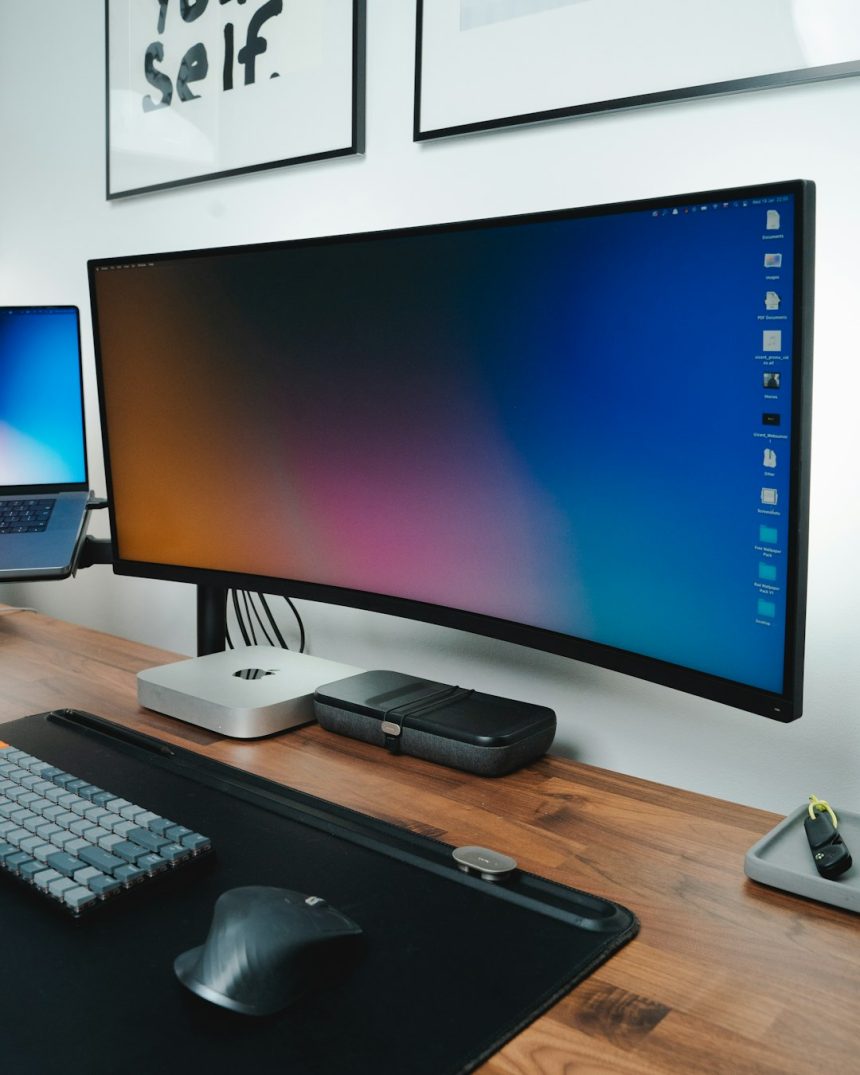Many users rely on Windows 7 for their daily computing tasks, even years after its initial release. However, with security, software compatibility, and system integrity at stake, it’s essential to ensure that a copy of Windows 7 is genuine. Verifying authenticity helps avoid performance issues, failed updates, or even potential cyber risks. Here’s how users can check whether their Windows 7 installation is genuine and what steps to take if it’s not.
Why It’s Important to Use a Genuine Copy of Windows
Using a legitimate version of Windows 7 ensures access to crucial updates, improved system stability, and protection from malware. A non-genuine copy may limit functionality, block software installations, or display frequent system warnings. Worse yet, counterfeit versions often include harmful programs that can compromise privacy and data integrity.
Ways to Check if Windows 7 Is Genuine
There are multiple methods to confirm whether a copy of Windows 7 is authentic. Here are the most effective strategies:
1. Use the “Activate Windows” Tool
One common way is to use the built-in activation checker provided by Microsoft:
- Click the Start button.
- Right-click on Computer and choose Properties.
- Scroll down to the bottom of the page.
- Look for Windows Activation status.
If the copy is genuine, it will state “Windows is activated” along with a valid Product ID.
[ai-img]windows 7 desktop, activation screen, computer properties[/ai-img]
2. Use the Command Prompt
Advanced users may prefer using system commands. To check authenticity via Command Prompt:
- Press Windows + R to open the Run dialog box.
- Type cmd and press Enter.
- In the Command Prompt window, type: slmgr /xpr and press Enter.
A popup will appear. If the system is activated, it will state “This machine is permanently activated.” If not, it will either show an error or indicate limited activation time.
3. Check for the Certificate of Authenticity (COA)
For physical copies or pre-installed Windows machines, finding the Certificate of Authenticity sticker is a reliable method. This sticker usually appears on:
- The side or bottom of desktop PCs or laptops
- The Windows 7 installation DVD case
The COA includes a holographic label and a 25-character product key, which proves official licensing.
4. Run Microsoft Genuine Advantage Diagnostic Tool
Microsoft used to offer a tool called the Genuine Advantage Diagnostic Tool. Although it’s older and no longer officially supported, users can still find it online:
- Download the tool from a trusted source.
- Run the executable file.
- The tool provides a detailed analysis of Windows activation and licensing.
[ai-img]windows diagnostic tool, desktop screen, system check[/ai-img]
What to Do If Windows 7 Is Not Genuine
If the system displays messages such as “This copy of Windows is not genuine“, users can take the following steps:
- Purchase a new valid product key from a trusted retailer or Microsoft’s official site.
- Enter the product key by navigating to Control Panel > System and Security > System and selecting Activate Windows.
- Consider upgrading to a newer version of Windows for better support and security.
Conclusion
Verifying the authenticity of a Windows 7 installation is critical for maintaining a secure, stable, and fully functional PC environment. Whether using built-in tools, physical labels, or system commands, users have multiple avenues to confirm legitimacy. If a copy turns out to be non-genuine, resolving the issue with a valid license can restore full access and peace of mind.
Frequently Asked Questions
- Q: Will my computer stop working if my copy of Windows 7 isn’t genuine?
A: No, but features like updates and some customization options will be disabled. You’ll also receive persistent reminders to activate Windows. - Q: Can I still activate Windows 7 in 2024?
A: Although Microsoft discontinued support, activation servers are still online. You can activate it with a valid product key. - Q: Is it safe to buy a product key from third-party vendors?
A: Only if the vendor is reputable. Be cautious to avoid counterfeit keys that might not work or put your system at risk. - Q: What happens if I ignore the non-genuine warning?
A: Your system will continue to function with limited features, but you’ll risk security vulnerabilities and lose important updates. - Q: Is it better to upgrade to Windows 10 or 11 instead?
A: Yes, upgrading provides better security, compatibility, and support for modern applications and hardware.









